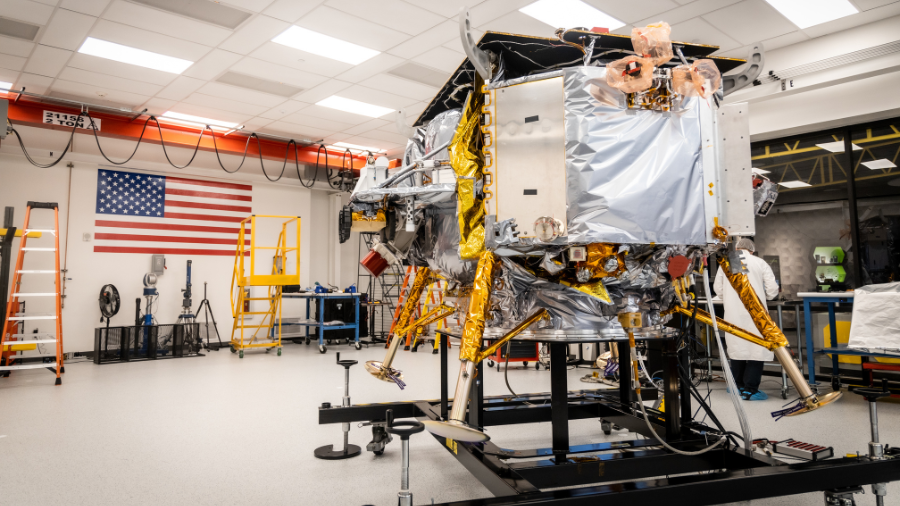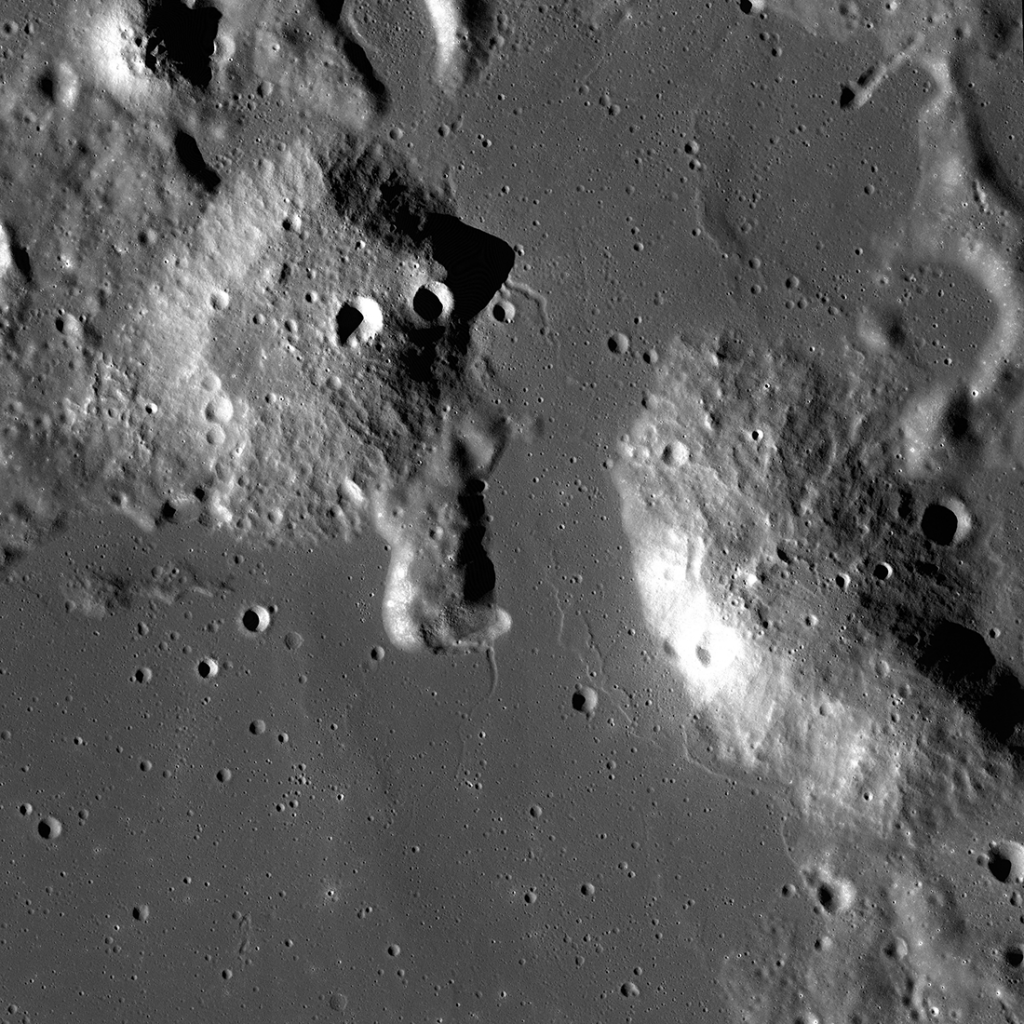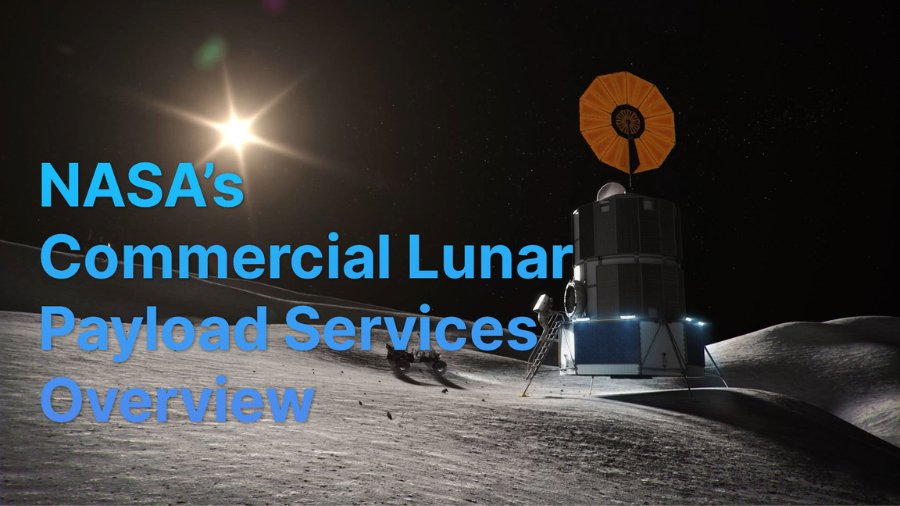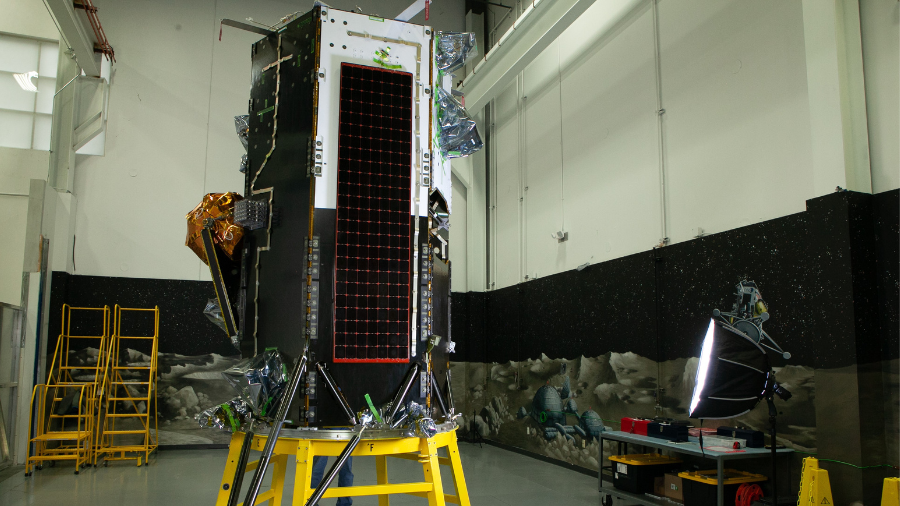
NASA, in cooperation with Intuitive Machines, is moving the landing site for the first Commercial Lunar Payload Services (CLPS) mission to Moon’s South Pole as an important first step in managing risks for future Artemis landings.
One of the first lunar payload deliveries under NASA’s CLPS initiative was awarded to Intuitive Machines in May 2019. The company’s first flight, Intuitive Machines-1 (IM-1) will carry six NASA payloads on its Nova-C lunar lander to a site near the Malapert A crater. This relatively flat and safe region is within the heavily cratered southern highlands on the side of the Moon visible from Earth.
The NASA payloads will focus on demonstrating communication, navigation and precision landing technologies, and gathering scientific data about rocket plume and lunar surface interactions, as well as space weather and lunar surface interactions affecting radio astronomy. Through the CLPS initiative, NASA is supporting the development of a lunar economy by working with American companies to deliver scientific, exploration, and technology payloads to the Moon’s surface and lunar orbit.
The decision to move from the original landing site in Oceanus Procellarum was based on a need to learn more about terrain and communications near the lunar South Pole, which is expected to be one of the best locations for a sustained human presence on the Moon. Landing near Malapert A also will help mission planners understand how to communicate and send data back to Earth from a location that is low on the lunar horizon. The landing date is expected in the third quarter of 2023.
While NASA is the primary customer purchasing lunar delivery services, CLPS vendors also work with other customers to send non-NASA payloads to the Moon. CLPS providers are responsible for managing their activities to ensure they are compliant with NASA schedule requirements. Intuitive Machines will confirm the launch date, lunar landing date, and duration of lunar surface operations, as well as updates on the thermal environment that the payloads will experience, given the temperature extremes for lunar transit and at the lunar South Pole.
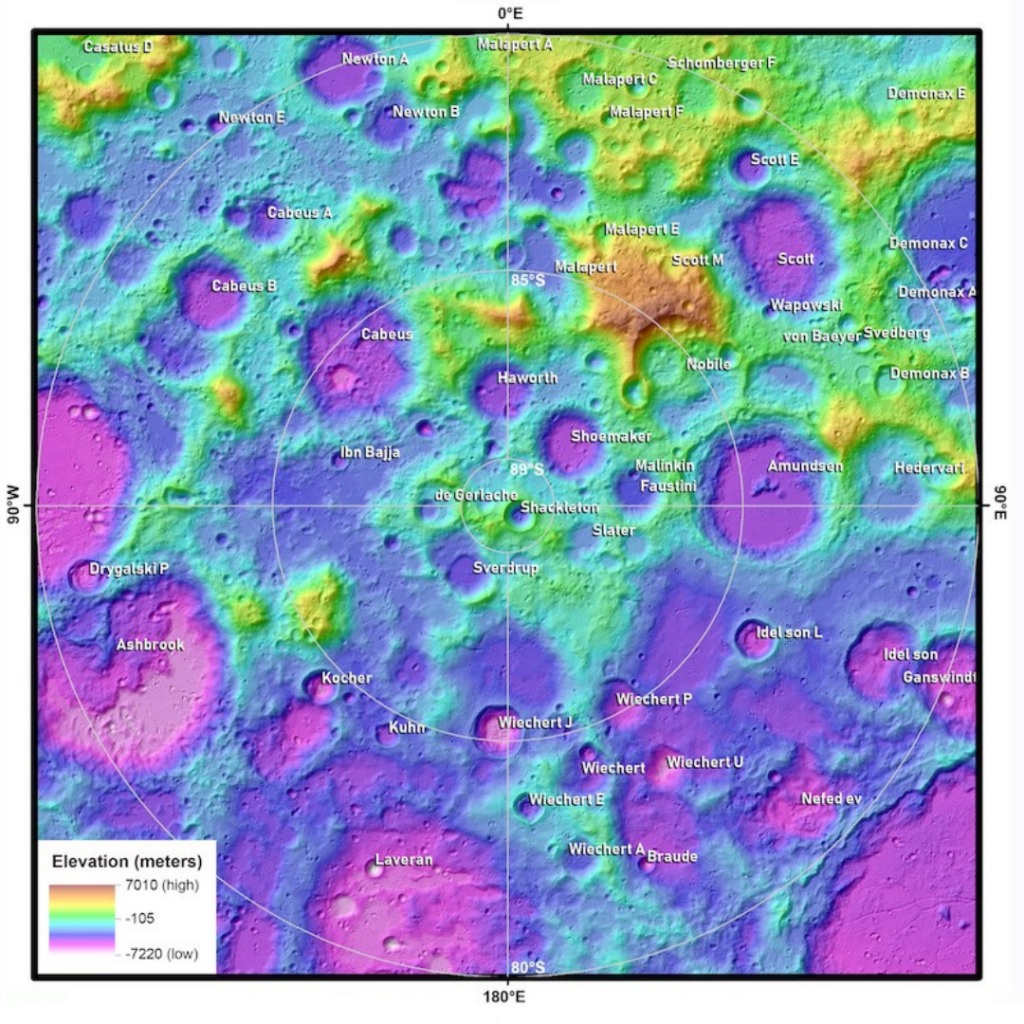
Learn more about CLPS activities by following the CLPS blog, @NASAMoon and @NASAArtemis on Twitter, as well as the NASA Moon Facebook and Artemis Instagram accounts.
Read the latest Moon news at: https://moon.nasa.gov/news/articles
Get the latest from NASA delivered every week. Subscribe here: www.nasa.gov/subscribe

